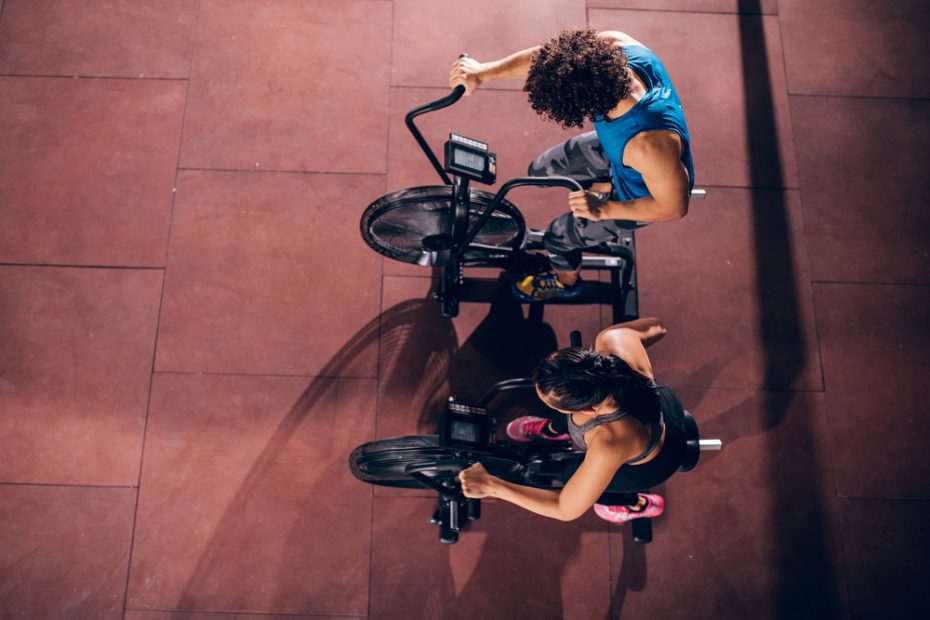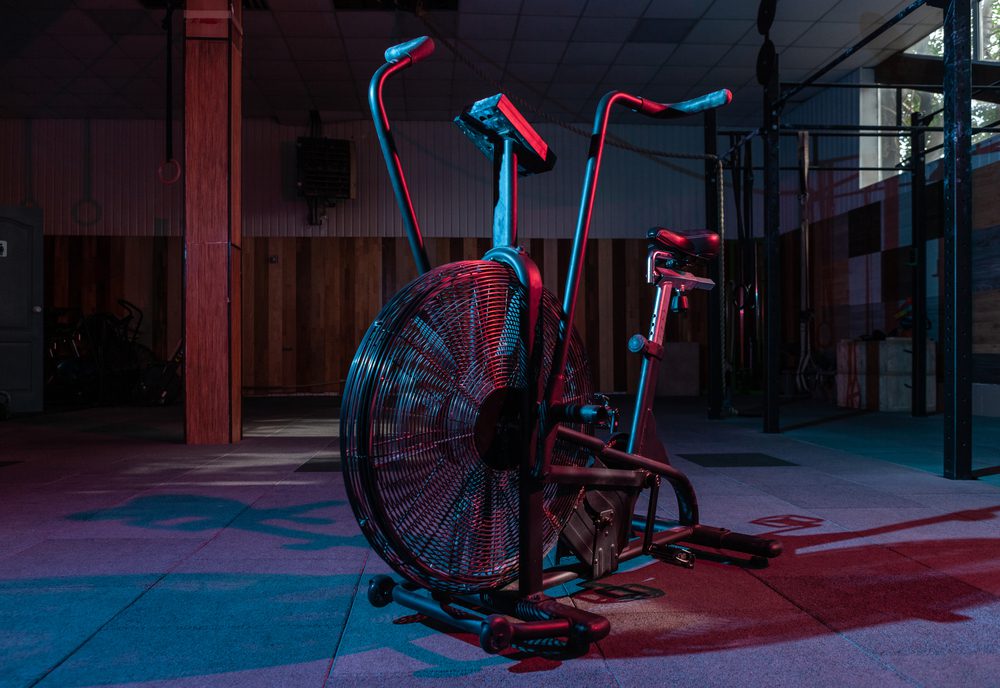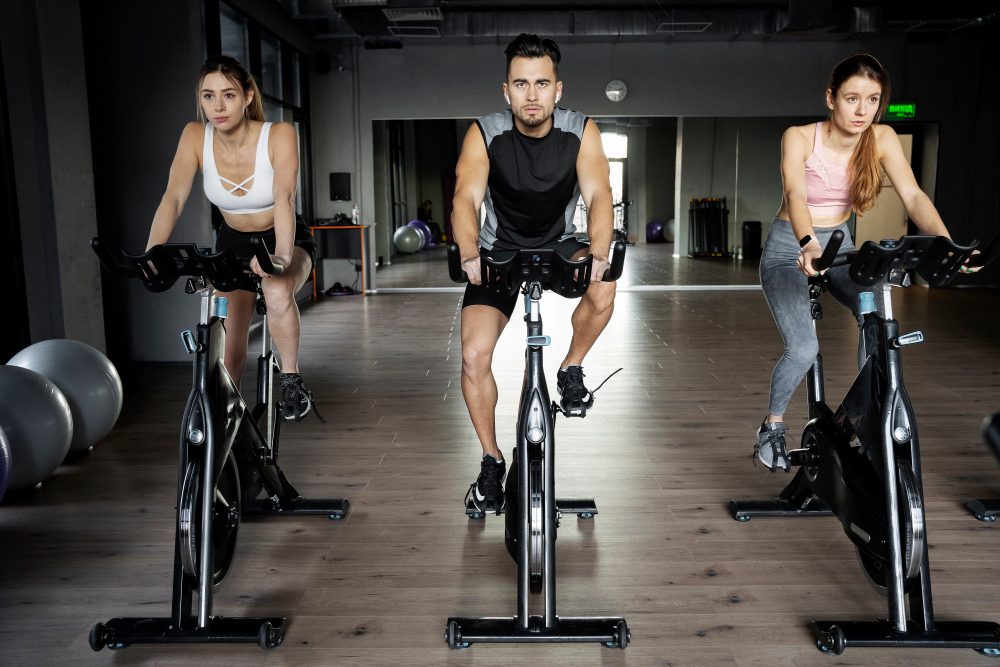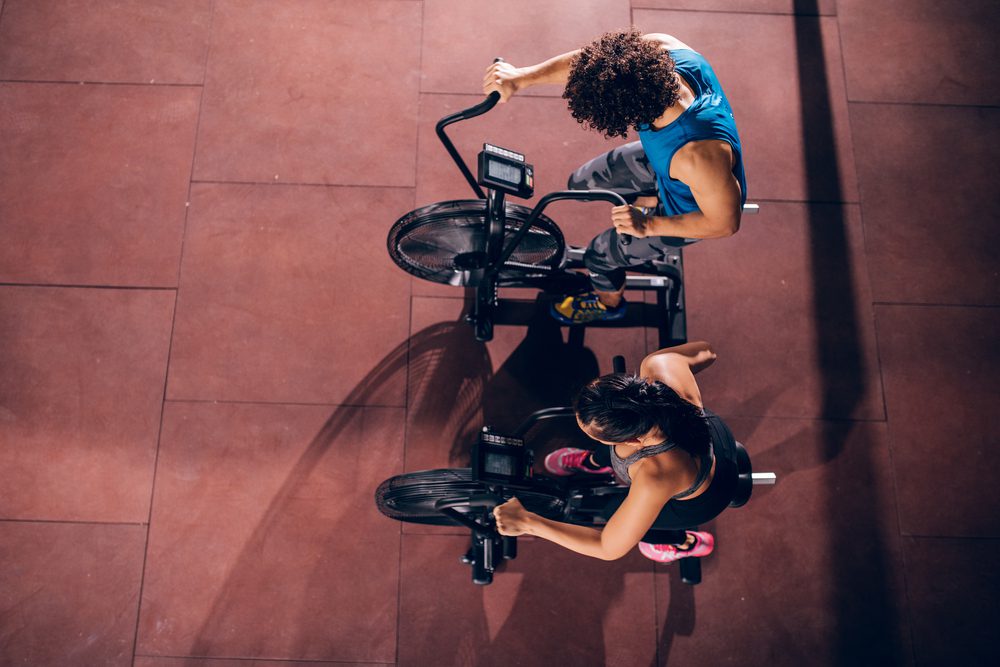Do air bikes need maintenance?
Air bikes are popular exercise machines that provide a challenging full-body workout. These bikes utilize a unique air resistance mechanism that adjusts according to the user’s effort, making them suitable for all fitness levels. However, like any other piece of fitness equipment, air bikes do require regular maintenance to ensure their optimal performance and longevity.
Why is maintenance important?
Maintaining your air bike is crucial for several reasons. Firstly, it ensures the safety of the user by preventing any potential accidents or malfunctions due to wear and tear. Regular maintenance also helps to preserve the functionality of the bike, ensuring a smooth and consistent workout experience. Additionally, proper maintenance can extend the lifespan of the air bike, saving you money in the long run.
What maintenance tasks should be performed?
While maintenance requirements may vary slightly between different air bike models, here are some common tasks that should be performed:
- Cleaning: Regularly clean the bike to remove dust, dirt, and sweat that may accumulate over time. Use a damp cloth and mild soap to wipe down the frame, handlebars, and seat.
- Inspecting: Check for any loose or damaged parts, such as pedals, bolts, or screws. Ensure that all components are securely fastened.
- Lubricating: Apply lubricant to moving parts, such as the chain, flywheel, and pedals, to reduce friction and ensure smooth operation.
- Tension adjustment: Depending on the model, air bikes may have adjustable tension settings. Follow the manufacturer’s instructions to adjust the tension as needed to maintain desired resistance.
- Battery replacement: If your air bike is battery-operated for digital displays or other features, regularly check the batteries and replace them as necessary.
How often should maintenance be performed?
The frequency of maintenance tasks depends on several factors, including the intensity and duration of use. However, as a general guideline, it is recommended to perform basic maintenance tasks every few weeks or at least once a month.
“Regular maintenance is key to keeping your air bike in top condition. By incorporating these maintenance tasks into your routine, you can ensure a safe and effective workout every time.”
Additional tips for maintaining your air bike:
- Keep it covered: When not in use, consider covering your air bike to protect it from dust, moisture, and other environmental factors that may cause damage.
- Read the manual: Always refer to the manufacturer’s manual for specific maintenance instructions and guidelines for your particular air bike model.
- Professional servicing: If you encounter any issues or notice significant wear and tear, it may be advisable to seek professional servicing to ensure proper repairs and maintenance.
By taking the time to regularly maintain your air bike, you can enjoy a smooth and safe workout experience while maximizing the lifespan of your equipment.
Can you put too much air in a bike tire?
In the realm of bike maintenance, keeping your tires properly inflated is crucial for optimal performance and safety. However, it’s important to strike the right balance when it comes to air pressure.
The Dangers of Overinflation
While it may seem counterintuitive, yes, you can put too much air in a bike tire. Overinflating your tires can have several negative consequences:
- Reduced traction: Overinflation can cause your tires to have less contact with the road, which can result in reduced grip and control.
- Uncomfortable ride: An overinflated tire can transmit more vibration from the road surface to the rider, leading to a harsher and less comfortable ride.
- Increased risk of blowouts: Excessive air pressure can put extra stress on the tire walls, making them more prone to failure and blowouts.
Recommended Tire Pressure
To avoid these issues, it’s important to know and adhere to the recommended tire pressure range specified by the manufacturer.
“Always refer to the sidewall of your tire for the recommended pressure range.”
This information can typically be found on the sidewall of the tire or in the user manual. The recommended tire pressure is often expressed in pounds per square inch (psi) or bar units. It’s worth noting that different types of bikes and tire sizes may have different optimal pressures, so it’s essential to consult the specific guidelines for your bike.
How to Check and Adjust Tire Pressure
Regularly checking and adjusting your bike’s tire pressure is an essential part of maintenance. Here’s a simple step-by-step process:
- Use a reliable gauge: Invest in a quality tire pressure gauge to ensure accurate readings.
- Remove dust caps: Take off the dust caps from the tire valves.
- Check current pressure: Press the gauge onto the valve and read the pressure measurement shown.
- Add or release air: If the pressure is too low, use a pump to add air until it reaches the recommended level. If it’s too high, carefully release air by pressing the valve stem with a small object.
- Replace dust caps: Put the dust caps back on the valve stems to protect them from dirt and debris.
The Importance of Proper Tire Inflation
Maintaining the correct tire pressure is vital for both performance and safety. Optimal tire inflation provides:
- Improved handling: Properly inflated tires offer better control, responsiveness, and cornering abilities.
- Enhanced efficiency: Adequate tire pressure reduces rolling resistance, making pedaling easier and more efficient.
- Extended tire life: By avoiding underinflation or overinflation, you can help maximize the lifespan of your tires.
Remember, finding the right balance in tire pressure can significantly impact your biking experience. Regularly checking and adjusting your tire pressure will help ensure a smoother, safer, and more enjoyable ride.
How long do bike air pumps last?
Introduction
Bike air pumps are essential tools for maintaining proper tire pressure and ensuring a smooth and safe ride. However, like any mechanical device, they have a limited lifespan. Understanding how long bike air pumps typically last can help cyclists plan for maintenance and replacement.
Lifespan of bike air pumps
The lifespan of a bike air pump can vary depending on several factors, including the quality of the pump, frequency of use, and maintenance practices. On average, a well-maintained bike air pump can last between 5 to 10 years. However, some high-quality pumps may last even longer with regular upkeep.
Maintenance tips
Proper maintenance can extend the lifespan of a bike air pump. Here are some tips to keep your pump in good condition:
- Regularly check the pump’s hose and connectors for any signs of wear or damage.
- Keep the pump clean and free from dirt and debris.
- Apply lubrication to moving parts to prevent friction and ensure smooth operation.
- Store the pump in a dry and safe place, away from extreme temperatures and moisture.
Signs it’s time for a replacement
Even with proper maintenance, there will come a point when a bike air pump needs to be replaced. Here are some signs that indicate it’s time for a new pump:
- The pump is no longer able to reach the desired tire pressure.
- There are visible cracks or damage on the pump’s body or components.
- Repeated repairs and part replacements are necessary.
- The pump’s performance becomes inconsistent or unreliable.
Choosing a new bike air pump
When it’s time to replace your bike air pump, consider these factors:
“Invest in a high-quality pump that suits your specific needs. Look for durability, ease of use, accuracy, and compatibility with your valve type.”
Research different pump options and read reviews from other cyclists to make an informed decision.
Conclusion
In summary, bike air pumps typically have a lifespan of 5 to 10 years with regular maintenance. By following proper upkeep practices and recognizing the signs of wear and tear, cyclists can ensure that their pumps remain effective and dependable. When it’s time for a replacement, choosing a high-quality pump will contribute to a better cycling experience.



